
A missing tooth can result from an injury, a disease, or decay. But on top of changing the appearance of your smile, that missing tooth can affect your ability to chew and speak, and it can cause different problems to the structure of your jawbone.
Replacing that tooth as soon as possible is a good idea. But what can you replace it with? Your dentist should recommend you at least one of these five options for replacing a tooth.
Option #1: A dental implant
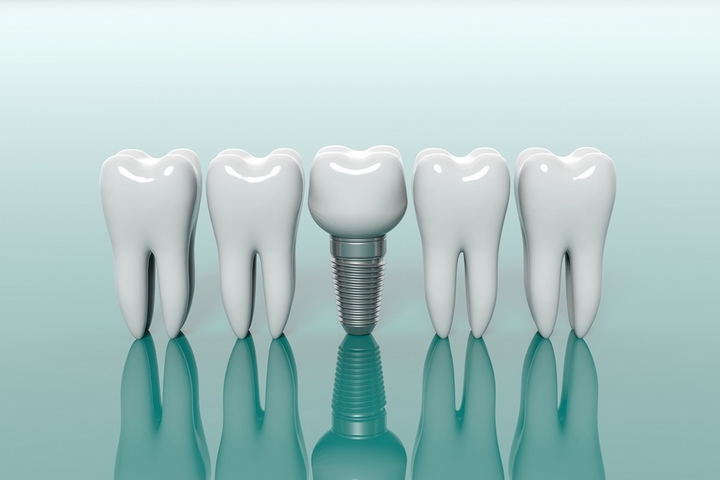
Dental implants are one of the best permanent tooth replacement options. If you never replace a missing tooth, you will eventually lose some jawbone since there will be no more chewing forces on that area to keep your bones strong.
When you replace a missing tooth with a dental implant, the titanium post of the implant inserted in your jawbone will replace the root of the tooth. This will help your jaw remain healthy. The implant’s post will be topped by a tooth that looks and feels like a natural one.
- Pros: Dental implants are durable, strong, and look just like natural teeth. With proper care, your implant could last a lifetime.
- Cons: Dental implants are expensive, so not everyone has the budget for them. Inserting the implant’s post in the jawbone requires an invasive surgical intervention which will take some time to heal.
Option #2: A tooth-supported bridge
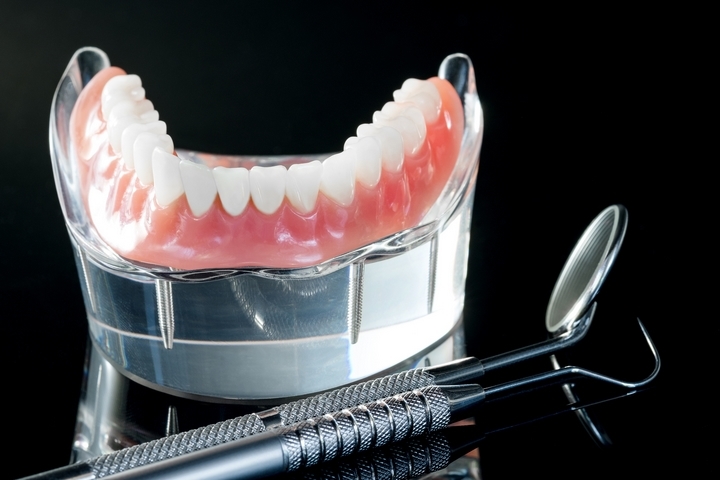
A tooth-supported bridge is another option that can permanently replace a missing tooth. The false tooth is placed between two crowns, and these crowns are cemented to the teeth on each side of the gap.
With a tooth-supported bridge, you can smile, chew, and speak normally since no one will be able to tell you to have a false tooth and two crowns.
- Pros: A tooth-supported bridge is more affordable than a dental implant, and the procedure is less invasive. The false tooth will look and feel just like a real tooth.
- Cons: Since the false tooth is supported by two crowns instead of having its false root, it doesn’t prevent bone loss. Plus, the teeth that will receive the crowns will need to be filed to reduce their size. This creates a risk of infection.
Option #3: A dental flipper
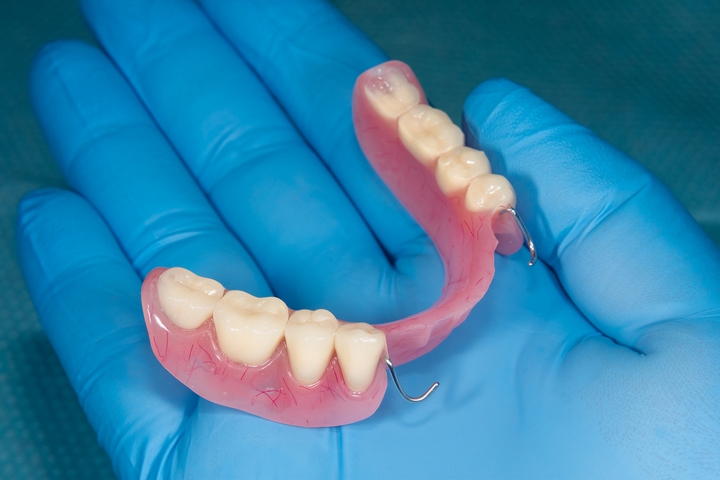
A dental flipper is a temporary tooth replacement. It’s a type of removable partial denture that you can easily take out and put back in place.
A dental flipper is a false tooth attached to an acrylic structure that matches the colour of your gums. The flipper will look just like a natural tooth when it’s in place. But keep in mind that this is a temporary solution that will eventually have to be replaced with a permanent option.
- Pros: Dental flippers are cheap, and they are a quick way to restore your smile after getting a tooth pulled out. They are easy to remove, so they can be cleaned.
- Cons: Dental flippers can create some pain and discomfort. They should never be considered a permanent option for replacing a tooth, as they can increase the risk of gum recession and other gum issues.
Option #4: An implant-supported bridge
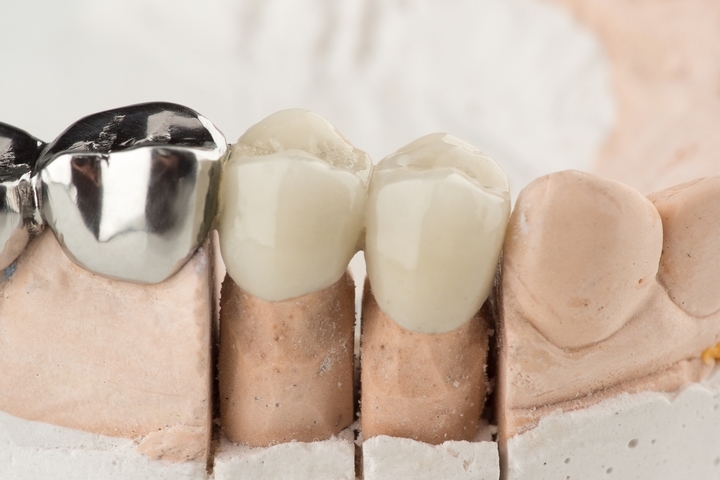
If you have more than one tooth in a row missing, you could consider an implant-supported bridge. Instead of replacing these teeth with a dental implant, you can only get a bridge supported by two implants.
Implant-supported bridges look like natural teeth and allow you to smile, chew and speak normally. However, they are not a permanent option, as the bridges need to be replaced eventually.
- Pros: Implant-supported bridges are more affordable than dental implants to replace more than one missing tooth. They are, however, as effective as implants.
- Cons: Since only two implants hold the bridge in place, bone loss can still occur. Plus, implant-supported bridges don’t last as long as individual implants do.
Option #5: Removable partial dentures
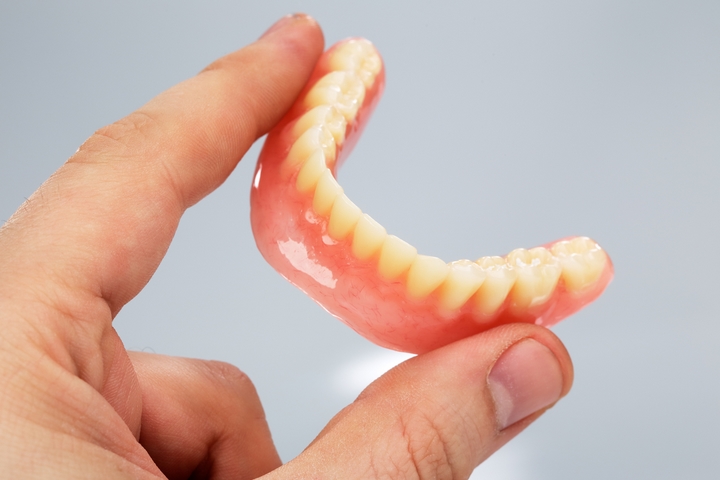
Finally, removable partial dentures are another option that can replace more than one missing tooth. They consist of false teeth with a gum-coloured acrylic base and metal clasps attached to the natural teeth.
These partial dentures can look natural, and they are convenient since they can be removed so you can clean them properly.
- Pros: Removable partial dentures are an affordable, simple and convenient option. If more teeth are lost in the future, it will be possible to add some false teeth to the dentures.
- Cons: Partial dentures can slip out of place while eating or speaking. They are not the most durable or most natural-looking option, and they can be uncomfortable.
Conclusion
As you can see, there are many things your dentist can do for you when it comes to replacing a tooth. Each option has its pros and cons, and your dentist will help you learn more about implants, bridges, and dentures, so you can make the best choice for your situation.